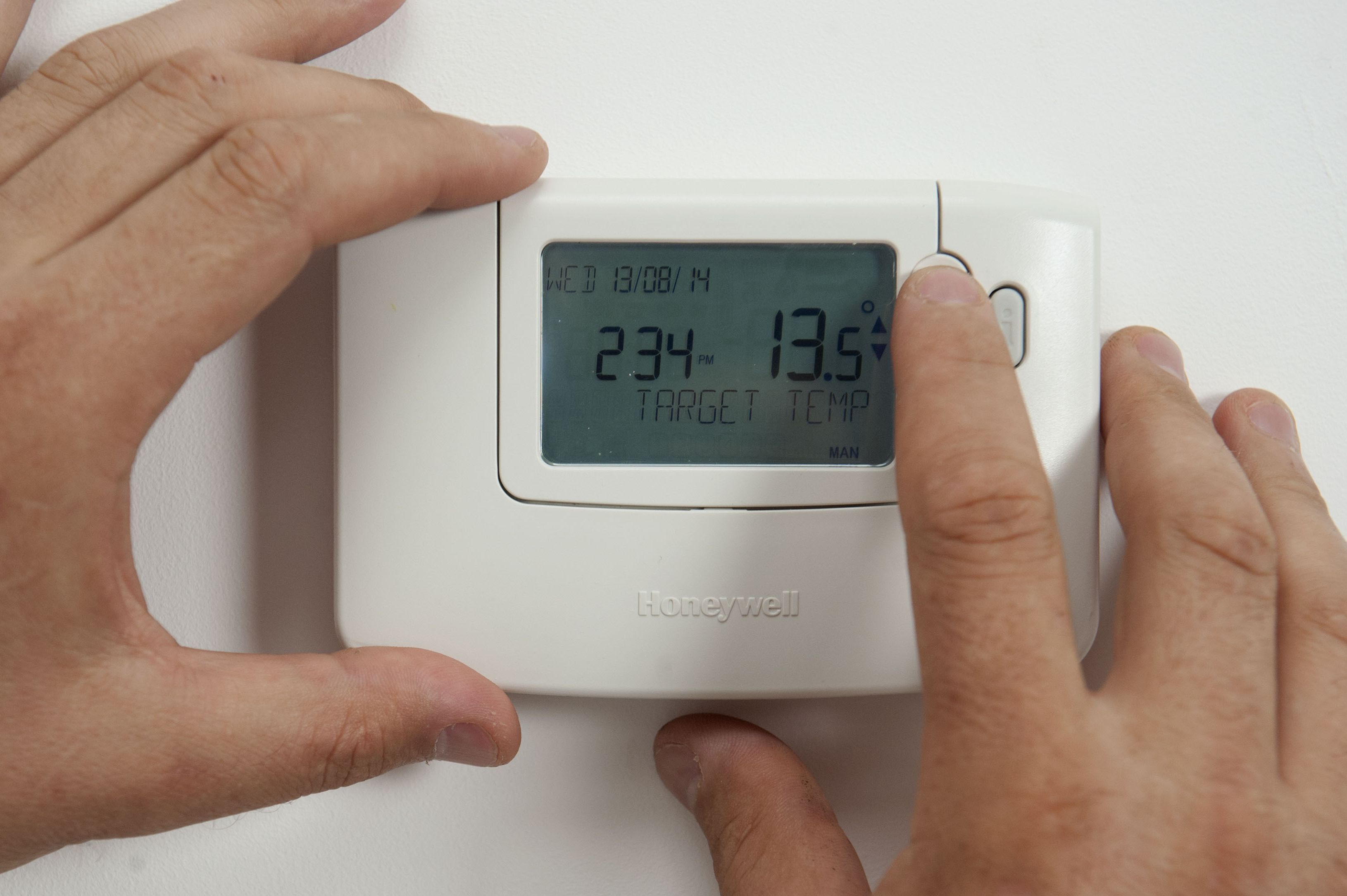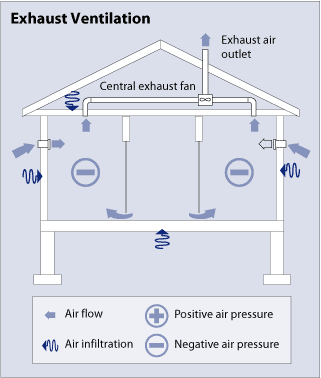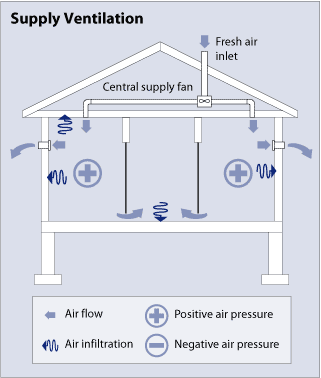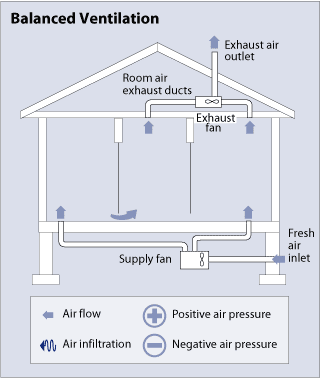Heating, Ventilation, and Air Conditioning (HVAC) systems play a crucial role in maintaining indoor comfort by regulating temperature, airflow, and air quality. In the context of home energy retrofits, upgrading or optimizing HVAC systems can significantly improve energy efficiency, reduce utility bills, and lower a home’s carbon footprint. Modern HVAC technologies, such as high-efficiency heat pumps, smart thermostats, and improved ductwork, are designed to minimize energy waste while maintaining consistent comfort levels. Incorporating these upgrades into a retrofit not only enhances the performance of the home’s heating and cooling systems but also aligns with broader goals of sustainability and energy conservation. By addressing inefficiencies in HVAC systems, homeowners can achieve a healthier, more comfortable, and eco-friendly living environment. This infographic from the DOE does great job of breaking down the different kinds of heating technologies along with their pros and cons.
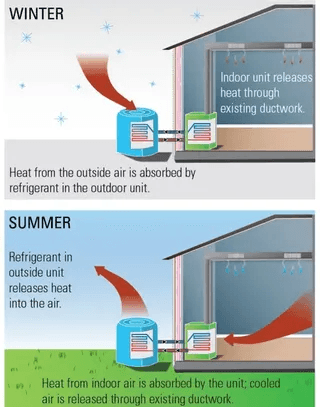
Heat Pumps
Heat Pumps are one the most common HVAC upgrades in the energy retrofit process. Their ability to heat and cool a home by simply transferring heat or cold makes them more efficient than traditional AC Units, electrical resistance heaters, or furnaces that create their own heat or cold.
Heat pumps come in a few different varieties, namely air source vs ground source, and ducted vs ductless. Air source heat pumps collect latent heat from the air and condense it via a refrigerant and compressor. Ground source heat pumps do the same but via an inground network of pipes.
These heat pumps come in both ducted and ductless varieties. The difference being whether they utilize duct work or mini splits to condition a space. Mini splits allow a homeowner to control the temperature of separate zones in a house more effectively, like keeping a bedroom warmer than the rest of the house. A ducted system works similarly to a conventical forced air heating or cooling system, utilizing ducts to move air to all the rooms in your home.
While heat pump technology has improved immensely, with cold climate heat pumps working down to -10F, in the cold climate of Montana many people will elect to utilize a duel fuel approach where they maintain their gas furnace for the handful of incredibly cold days in the year and use the more efficient heat pump the rest of the year.
It's important to note that if someone is using natural gas to heat their home, switching to a heat pump might raise their utilities, especially when we consider that most homes in Missoula County do not have existing AC and heat pumps allow for users to cool their homes during the summer. To learn more about heat pumps head over to our partners at Electrify Missoula
Gas Furnaces
Gas furnaces burn natural gas, propane or heating oil to heat air before forcing that air through ducts to the various rooms throughout your home. Most homes in Missoula will have a natural gas fueled furnace with efficiency ratings between 58% - 98% depending on the age, size, and make of the furnace. While effective these furnaces have expensive upkeep costs and pose potential adverse health effects. If you have an older inefficient furnace you might consider swapping it out for a heat pump system.
Electrical Resistance Heating
These heating systems utilize electrical resistance to create a heated metal surface and then move air over or through the metal. A classic example for these heaters are the baseboard units that you'll find in individual rooms. While effective at zone temperature control they are one of the least energy efficient heating technologies, with heat pumps being 20% - 80% more efficient. Another popular form of electric heating is an electric furnace. These produce a very dry heat that will often lead to uncomfortable levels of indoor humidity.
Ventilation
Ventilation is closely linked to your homes building envelope, essentially how completely your homes captures the air inside of it. Hopefully if you're considering upgrading you home's HVAC system you have already assessed your building envelope and gotten it tightened up via air sealing.
All buildings need to "breathe" to move old air out and bring in fresh air, otherwise you will run into moisture and air quality problems. Most older homes have natural ventilation due to their inherent leaks form age or poor building practices of times past. Newer buildings or those that have undergone air sealing might have too tight of an envelope to have an air exchange rate to maintain healthy and comfortable indoor air quality. If this is the case the solution is frequently going to lie in mechanical ventilation.
Mechanical Ventilation uses fans to move air from one side of your building envelope to the other. There are three main types of mechanical ventilation described in the slides below. For more info visit this page from the Home Ventilating Institute
An important note about all of these methods is that they are taking conditioned air from your home, moving it outside and replacing it with unconditioned air. The solution to this problem an HRV or an ERV. These technologies work by the heat or cold from your inside air to the incoming air from outside, thus significantly reducing the heating and cooling load on your house. Visit the DOE page on ventilation to learn more about HRVs and ERVs,

